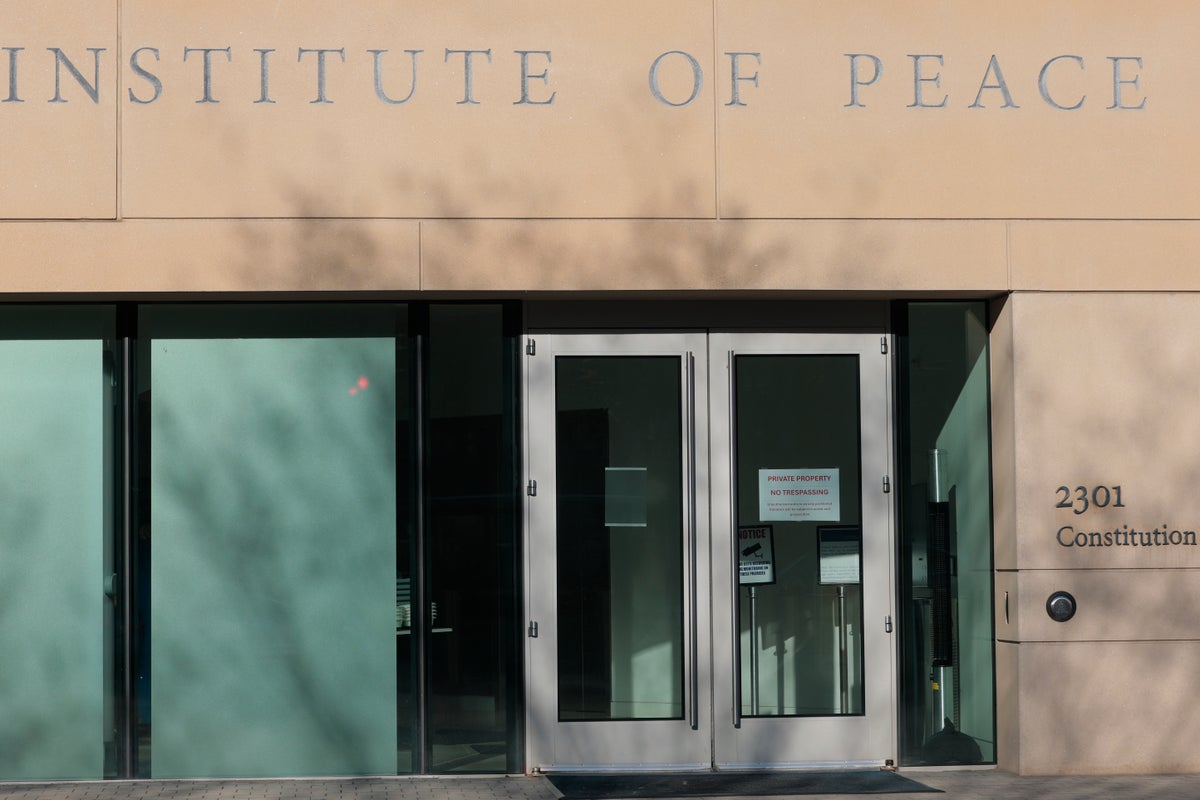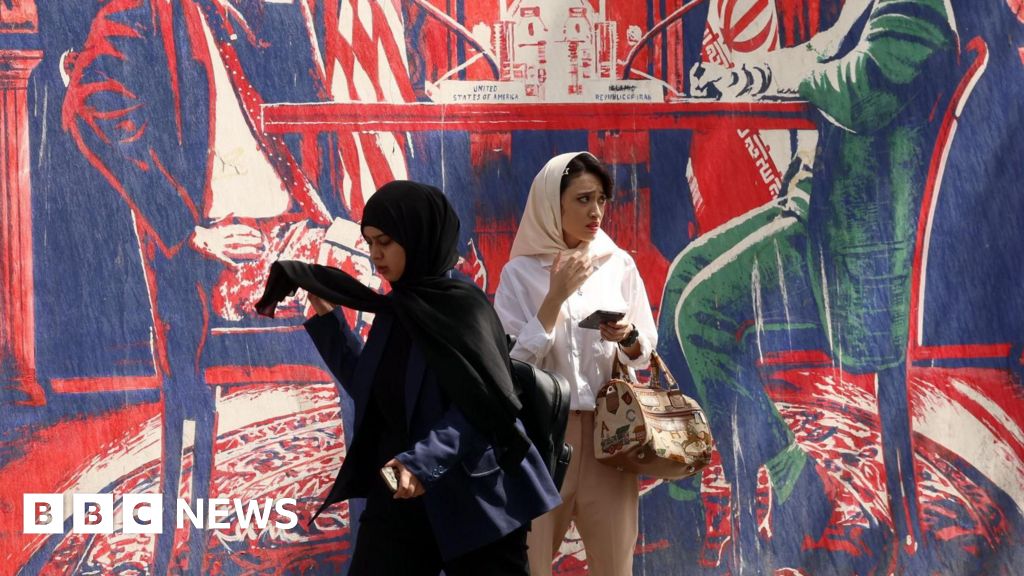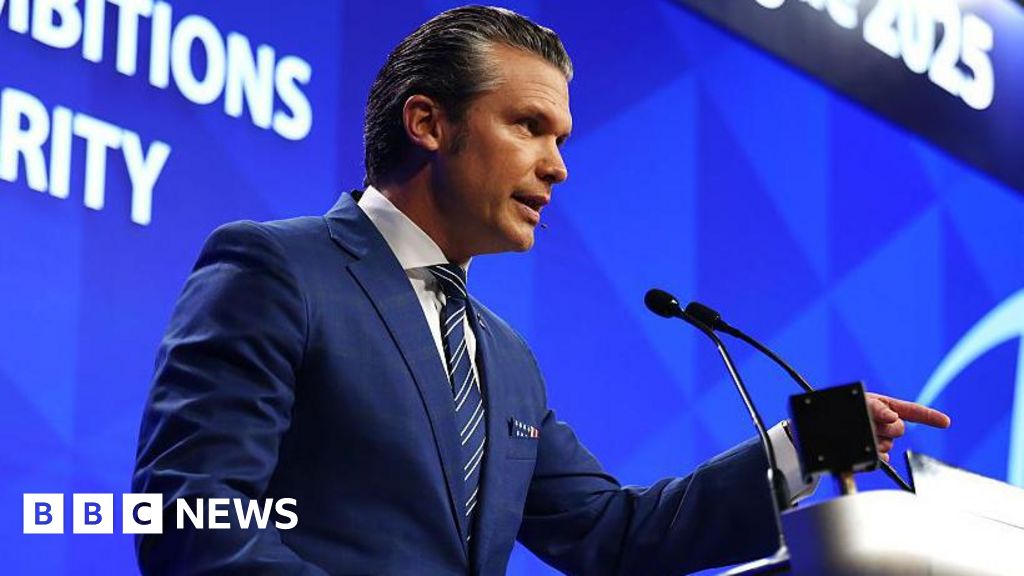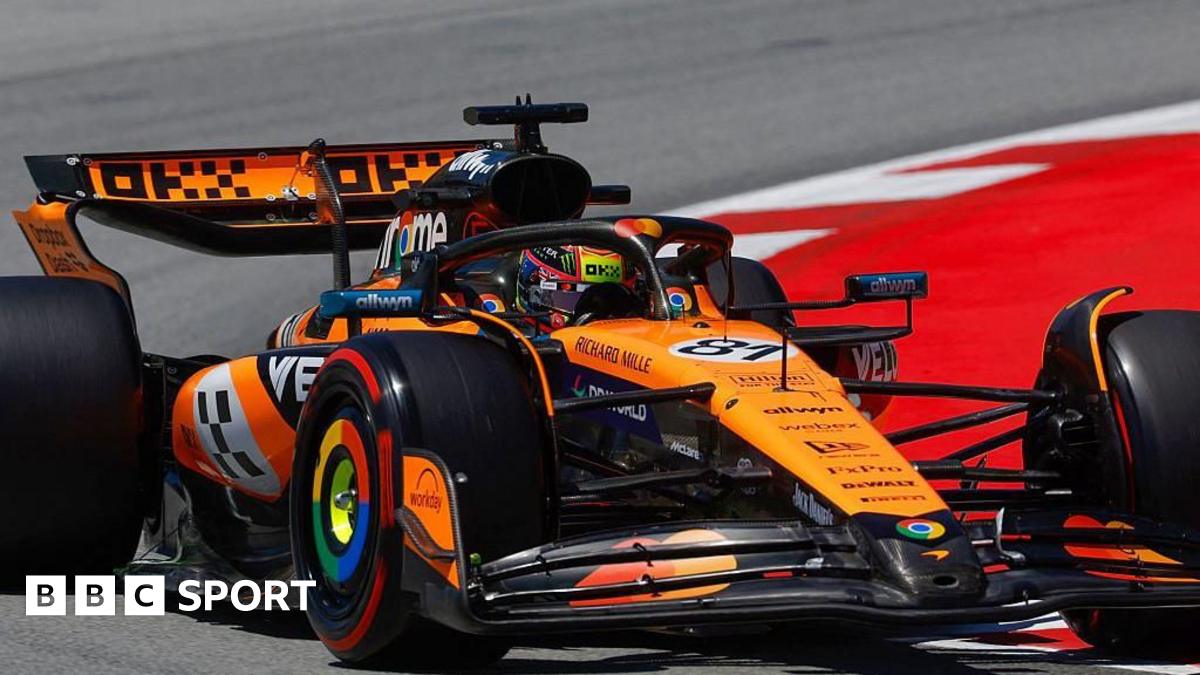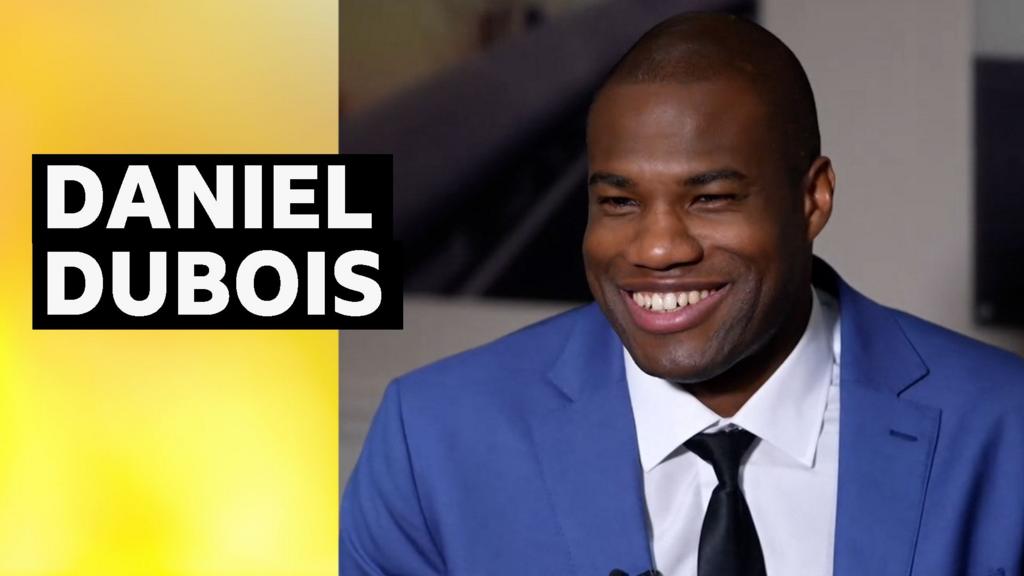Why Trump’s ‘little problem’ with Apple could be a big challenge
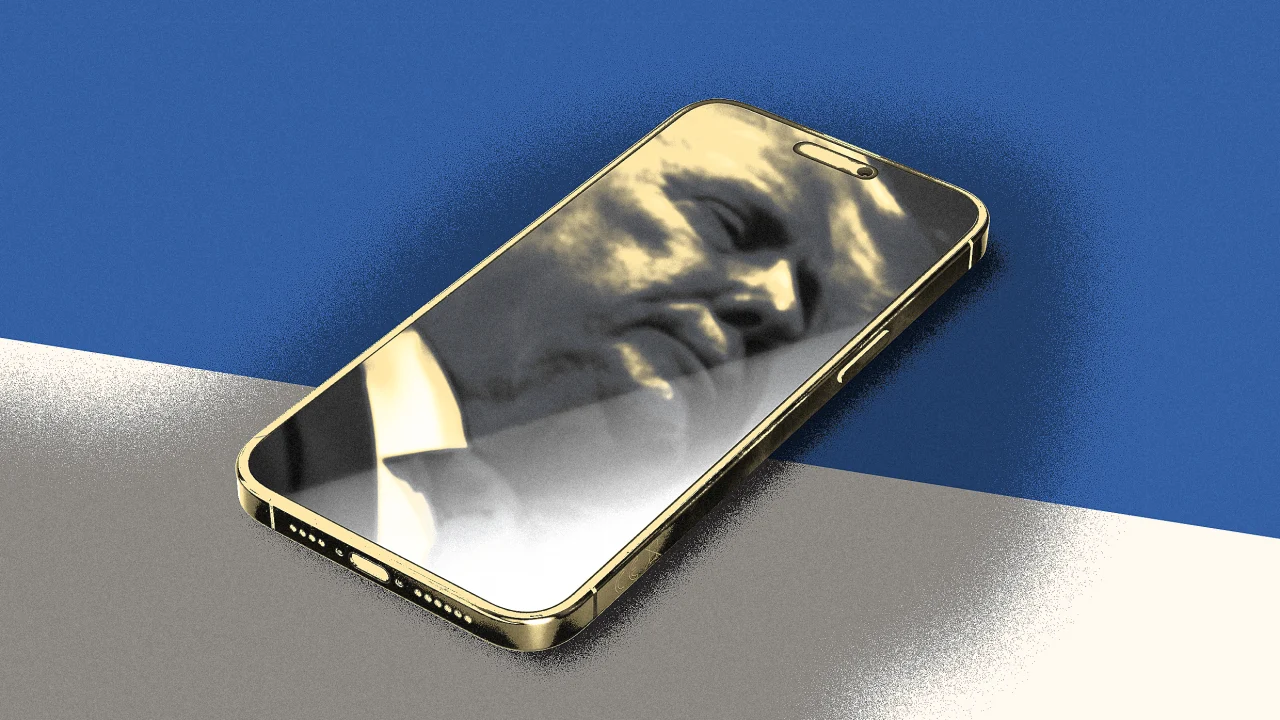
Branded is a weekly column devoted to the intersection of marketing, business, design, and culture.
Donald Trump has added a fresh punching bag to his ever-widening rotation of opponents: Apple. The president has, as he’s put it, “a little problem” with CEO Tim Cook. For Cook, this actually looks like a big problem—with no easy fix.
Trump has been intermittently critical of Apple before, but this has always seemed to be adroitly smoothed over by Cook, who for years was “one of Mr. Trump’s most beloved chief executives,” and “tech’s leading Trump whisperer,” per The New York Times. It presumably helped that he was among those who donated $1 million to Trump’s second inauguration.
But the president’s recent complaints about the tech giant’s overseas production have not only been harsher in tone than in the past, they have come with the ultimate marker of negative presidential scrutiny—a threatened tariff of 25% on iPhones. (Later Trump clarified that the tariff would also apply to smartphone from Samsung or any other brand made anywhere outside the U.S.)
Apple doesn’t disclose iPhone sales by country, but worldwide they accounted for about 55% of its total revenue in the first quarter of its current fiscal year; iPhones make up about 53% of the U.S. smartphone market, according to research firm Backlinko. Revenue for its most recent quarter was around $95 billion (up 5% over last year), with earnings of about $25 billion.
Remarkably, it had only been a matter of weeks since Cook was credited with scoring Apple an exemption on a then-planned 145% tariff on iPhones assembled in China for the U.S. market. Among other things, Apple announced it would invest $500 billion in AI servers in the U.S. Meanwhile various analysts began crunching numbers on what pure-U.S. production would do to iPhone prices, and soon the hypothetical $3,000 smartphone seemed like a new third rail of American politics.
But as he has done with any number of prior third rails, Trump has now evidently shrugged off alleged risk. The immediate spark may have been at least partly personal: Cook reportedly declined an invitation to join the president’s recent swing through the Middle East. (Nvidia’s Jensen Huang and Sam Altman of OpenAI were among the CEOs who did put in an appearance.) Trump not only publicly noted Cook’s absence, but openly mused about that “little problem.” Specifically, he said did not like reports that Apple and its suppliers are “building all over India,” apparently including iPhone factories, essentially to escape China-focused tariffs while keeping production overseas. “I don’t want you building in India,” Trump said he told Cook.
Days later Trump reiterated on social media: “I expect [Apple iPhones] that will be sold in the United States of America will be manufactured and built in the United States, not India, or anyplace else.”
Thus the squarely Apple-targeted tariff—and Cook’s dilemma. Up to now, he and Apple generally have tended not to return fire when the Trump administration pokes at the brand or its business practices, and has avoided tangling with the administration on hot-button issues where their priorities diverge (such as diversity). That anti-confrontational strategy might actually make Apple more attractive as a target for Trump: Pinning the make-it-in-America attack to the iPhone “generates maximum exposure” for the administration’s priorities, TF Securities analyst Ming-Chi Kuo argued recently. In short, Trump may figure the specter of a $3,000 iPhone is a bigger problem for Apple than for his policy priorities. (Apple did not respond to a request for comment.)
This also comes in what’s been a tough year or so for Apple generally: It lost an appeal related to its App Store pricing, saw its virtual reality headset draw a tepid response, and has been perceived to lag on AI integration. While the future of tariffs is still up in the air after a federal court ruled against them, Trump has lately become aware of the Wall Street slang TACO—Trump Always Chickens Out—indicating his threats tend to be empty, making it that much more likely that this time he’ll be stubborn.
Simply capitulating does not appear to be an option for Apple: Actually moving iPhone production to the U.S. would take years and involve prohibitive costs, not to mention a sizable work force that America doesn’t currently have. And who can say whether some new device or alternative technology will supplant the iPhone while this huge undertaking plays out?
One plausible strategy that’s been floated is for Apple to cook up a short-term “assembled in America” option that would involve some percentage of iPhones to be manufactured in a hybrid scenario involving some overseas production and final “assembly” at a U.S. facility. Similarly, analyst Dan Ives of Wedbush called an American-made iPhone “fairy tale,” but speculated Apple could propose some token percentage of production moved to the U.S. over a period of years as a bargaining tactic. These tactics might still push the phones’ cost upward, but it wouldn’t triple it as a full-on shift to U.S. production might—and Trump could declare another victory in his campaign to de facto manage U.S. business.
That said, speculating about Apple stumbling one way or another has been a popular pastime for years—years during which Apple’s market cap has climbed to above $3 trillion. While shares are down 17.5% this year, it remains the world’s third most valuable company. It’s wildly popular, as a brand, and as a stock. (“We don’t want to harm Apple,” Kevin Hassett, director of the National Economic Council, assured CNBC.) Of course Apple doesn’t want to be one of Trump’s many targets, let alone his favorite. But it can certainly take a punch.
What's Your Reaction?
 Like
0
Like
0
 Dislike
0
Dislike
0
 Love
0
Love
0
 Funny
0
Funny
0
 Angry
0
Angry
0
 Sad
0
Sad
0
 Wow
0
Wow
0
